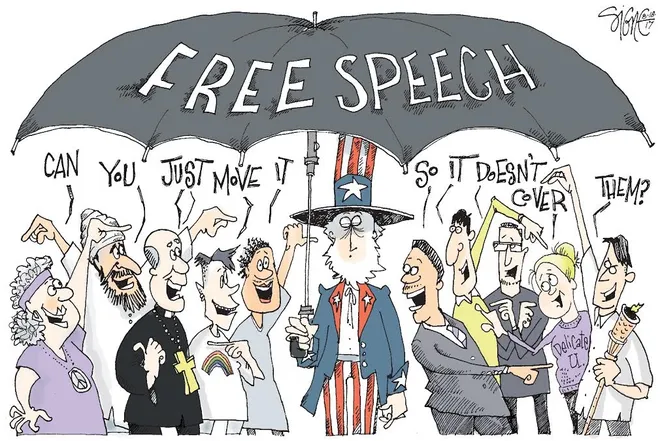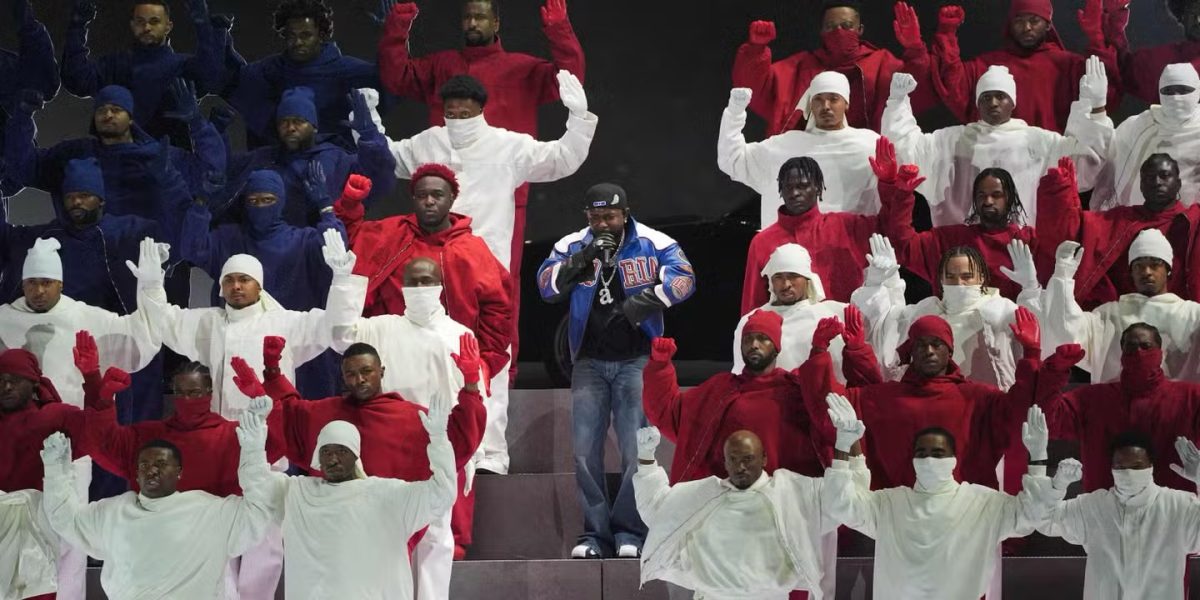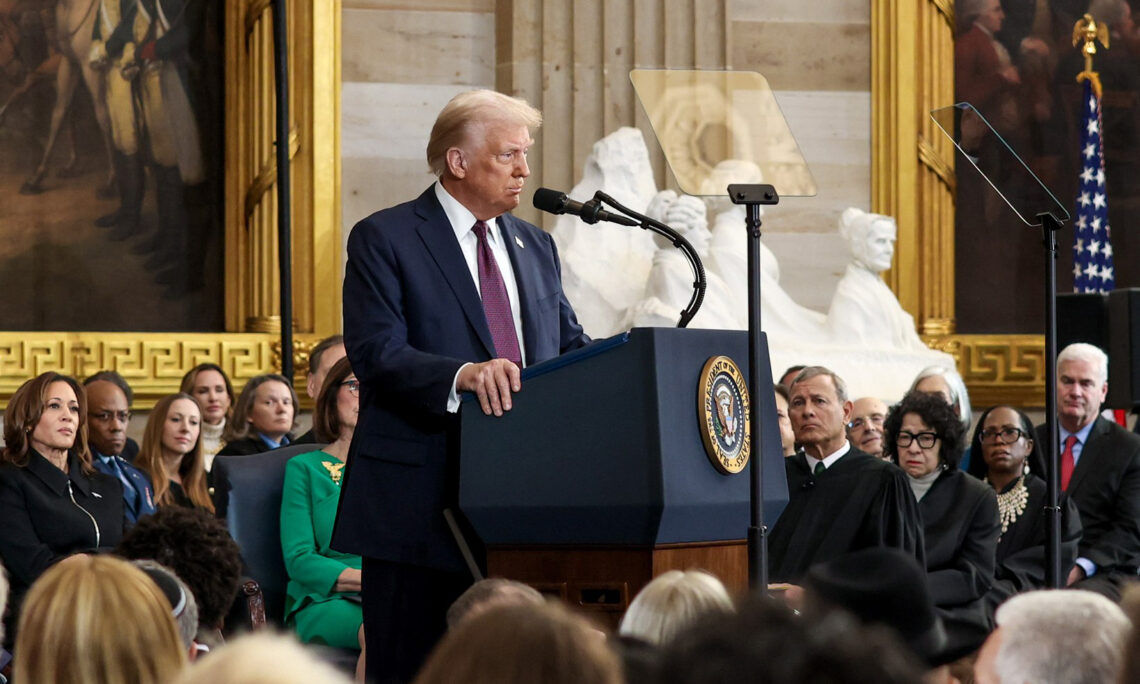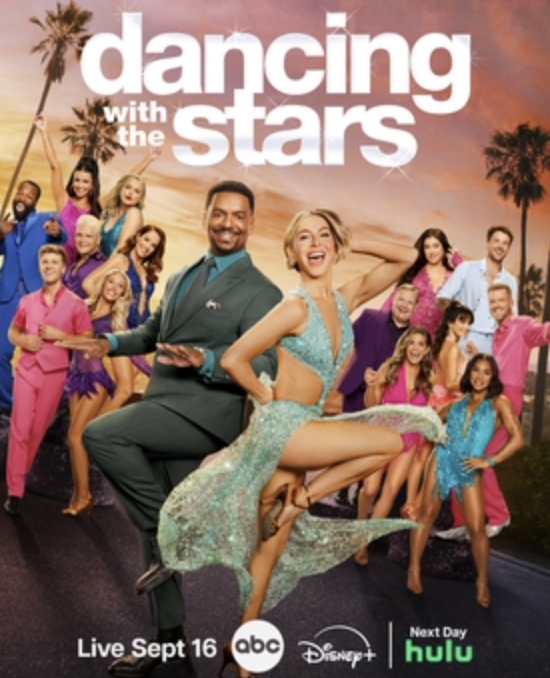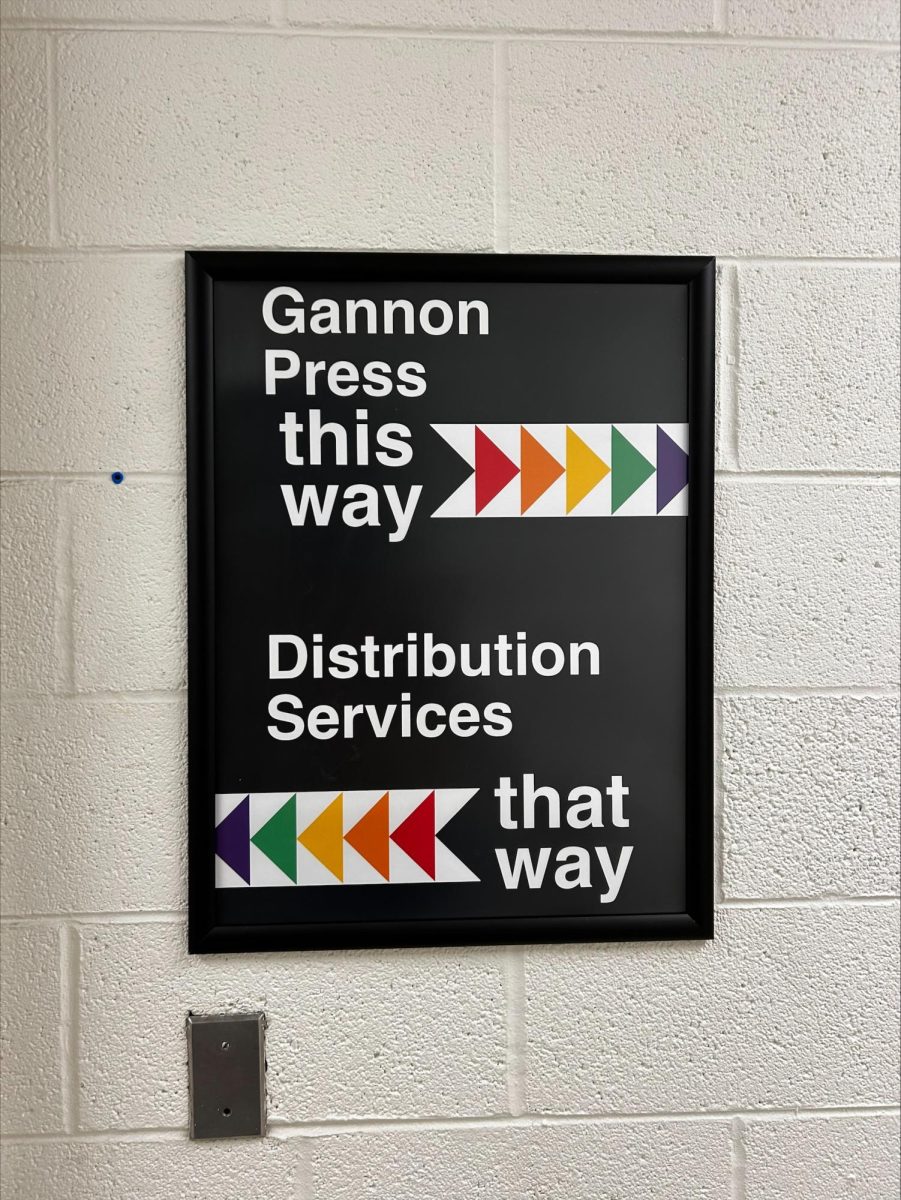October 3, 2025/Midnight
Erie, PA. — In the U.S., the First Amendment of the Constitution protects freedom of speech. The First Amendment also defends freedom of religion, freedom of the press and the right to assembly. Recently, social media users have been in a frenzy over what exactly is covered under this amendment versus what can be considered blatantly inappropriate or even ‘hate speech’.
According to the American Library Association (ALA), freedom of speech means “that everyone residing in the United States has the right to hear all sides of every issue and to make their own judgments about those issues without government interference or limitations.” Additionally, the First Amendment “allows individuals to speak, publish, read and view what they wish, worship (or not worship) as they wish, associate with whomever they choose, and gather together to ask the government to make changes in the law or to correct the wrongs in society.”
What many Americans have been confused about in terms of the First Amendment, is why there seems to be an uptick in unconstitutional, censorship-like behavior on local, state, and federal levels —especially in relation to social media posts on personal social media accounts.
Some notable topics that social media users have been particularly at odds about in recent weeks are the fatal shooting of political commentator, Charlie Kirk, deployment of the National Guard in various cities around the country and the war in Gaza. All these topics have created a divided commentary among social media users, with many choosing to villainize or bash those with opposing viewpoints.
In light of Kirk’s death in particular, many people around the country have been especially passionate about sharing their take on both the manner of which Kirk was killed and also his career leading up to the fatal shooting at Utah Valley University last month. Feelings surrounding the fatal shooting had some social media users posting messages of sadness and mourning, some wrote messages of critique and abhorrence, while others felt indifferent to the situation all together.
Unsurprisingly, rhetoric of all sentiments is often met with pushbacks and opposition. What was different about the commentary on Kirk’s death versus much of the other world issues making rounds on the web, was how quickly trivial social media debate was met with real-life consequences. Many people across the country were faced with conduct assessments, internal investigations, or even terminations at their workplace. These terminations hit especially hard in academia.
The First Amendment does not protect or include the right to incite imminent lawless action, obscenity, child pornography, defamatory speech, false advertising, true threats, and fighting words.
Additionally, the Freedom Forum reports that under the First Amendment private employers and institutions have the right to make and enact their own policies about speech and may moderate content as they choose. In fact, this amendment, protects “private people and companies ’right to make their own decisions about speech in their spaces.”
Although not everyone may agree with the decisions made by various employers throughout the U.S., these employers do have the right to decide what they deem appropriate at their company or institution.
A key takeaway in understanding freedom of speech and the protections of the First Amendment is that just because you can say or post something, does not mean you should. However, this does not mean we should now be self-censoring out of fear of punishment, nor does this mean we should feel pressured to give up autonomous thought and go with the popular narrative.
Freedom of speech allows us to have an unfiltered expression of ideas, but it does not completely protect us from the consequences or response thereof.


